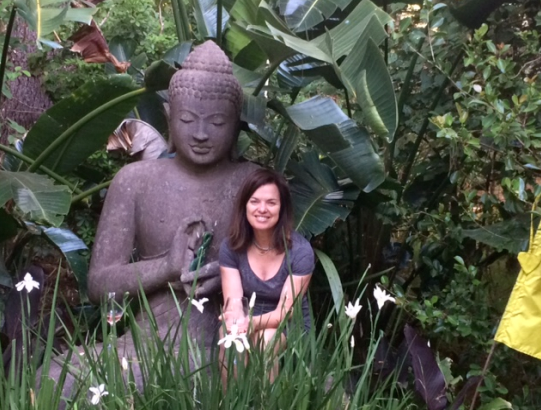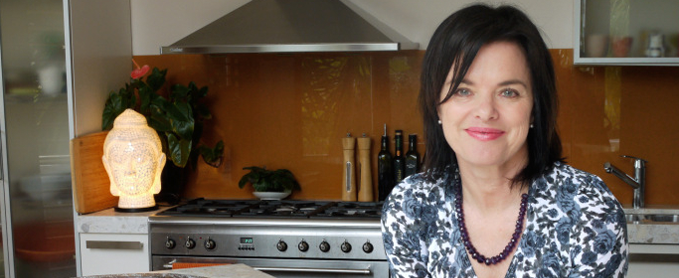
Yoga course, tips and inspiration
Laying the Foundation for your health… I have focused this newsletter on vibrational energy and health. Prana (life-force) is the common
Ayurveda Health Auckland, New Zealand

Laying the Foundation for your health… I have focused this newsletter on vibrational energy and health. Prana (life-force) is the common

Newsletter – November/December 2016 Living according to the season – the summer months How I love summer. The sun is out,

I like this saying… Often we work in a man’s world, trying to keep up with our male counterparts, forgetting that physiologically

Over the past decade, Perry Macdonald has immersed herself in her passion for Ayurvedic medicine, a health system developed some